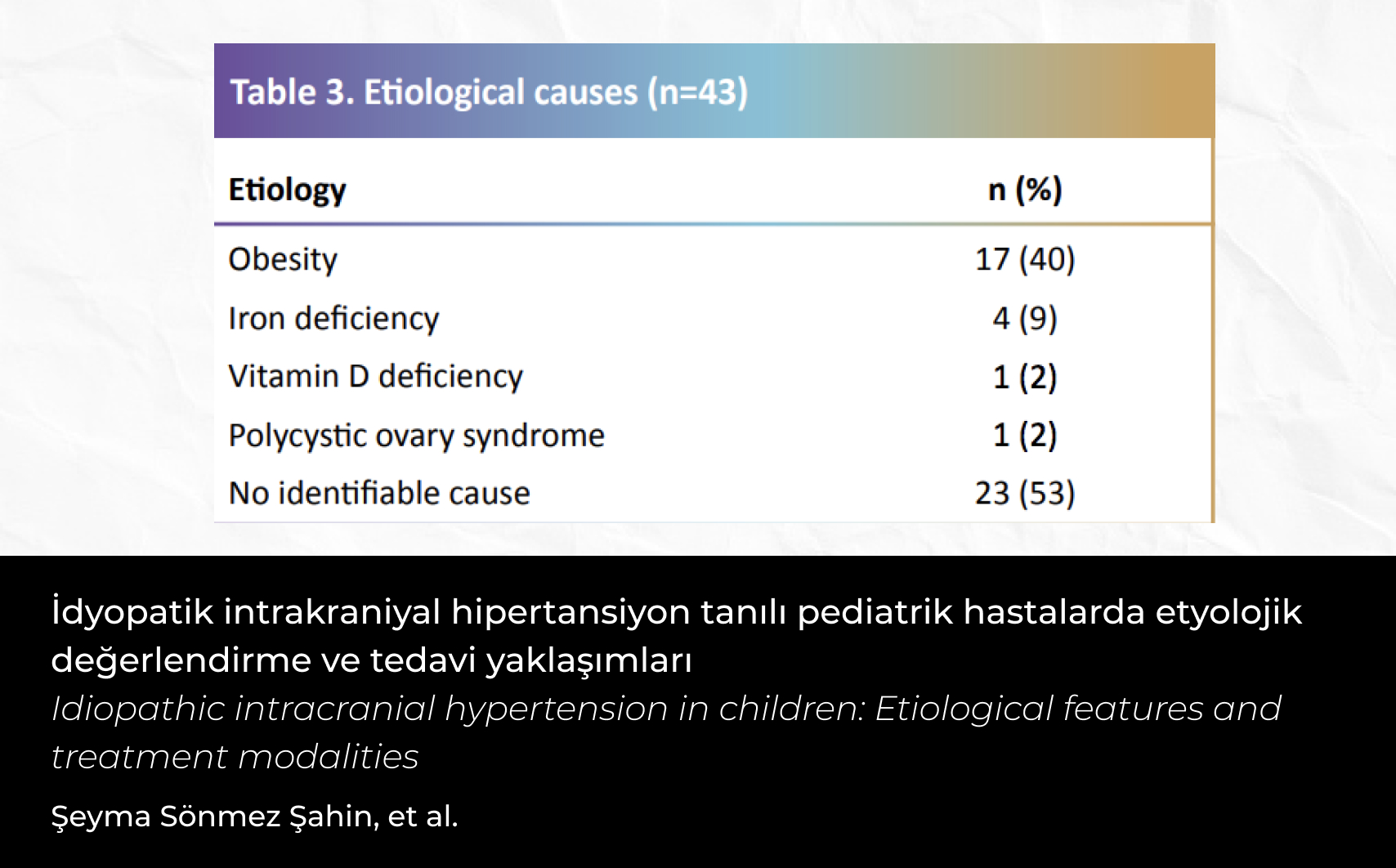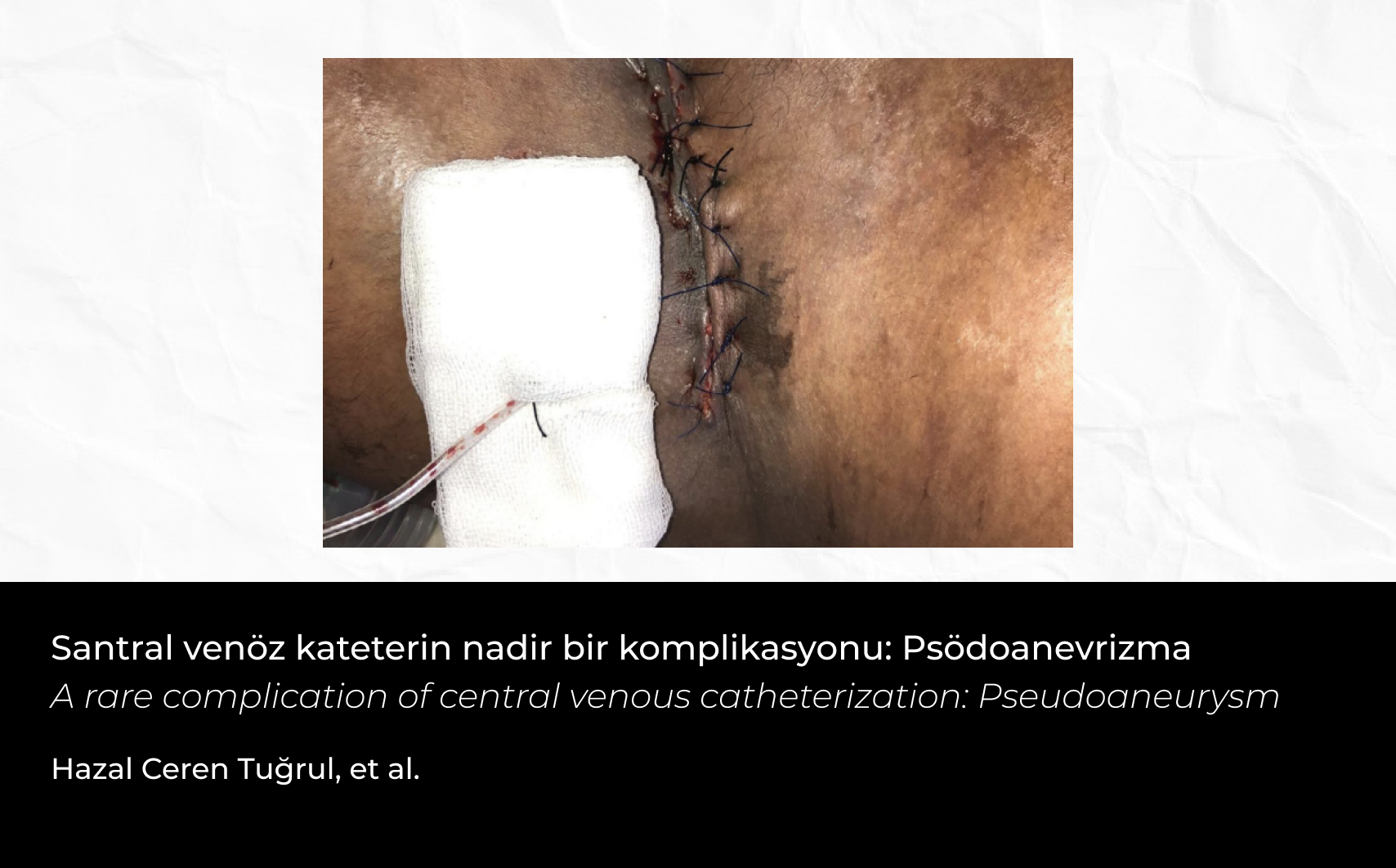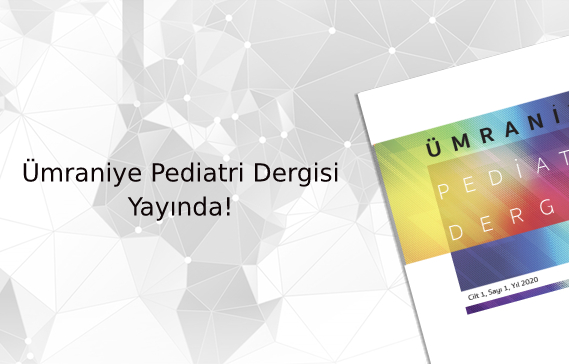2Dicle Üniversitesi Tıp Fakültesi, Çocuk Sağlığı ve Hastalıkları Anabilim Dalı, Diyarbakır, Türkiye
Özet
Amaç: Adolesan dönem, son hızlı büyüme, cinsel gelişme ve psikososyal olgunlaşmanın gerçekleştiği, çocukluktan erişkin hayata geçiş dönemidir. Bu çalışmanın amacı, Çocuk Acil Polikliniğine başvuran adolesan hastaların klinik ve epidemiyolojik özelliklerini değerlendirmek, aciliyet durumu ve bunu etkileyen etmenleri incelemektir.
Gereç ve Yöntemler: Çocuk Acil Servisine başvuran 2450 adolesan hasta, hastalıkların genel dağılımını, yaş ve aylara göre sıklık ve yoğunluğunu belirlemek için çalışmaya dahil edildi.
Bulgular: Çocuk Acile başvuran hastaların %44’ü kız, kalanı erkekti. Hastaların %2,5’i 11 yaş çocuklardan oluşmaktaydı. Tüm vakalar değerlendirildiğinde; genel toplamda ve tüm aylarda en sık konulan tanılar sırasıyla karın ağrısı, üst solunum yolu hastalıkları (ÜSYE), ateş, akut batın ve akut gastroenterit (AGE) olduğu görülmekteydi. Sık tanı konulan hastalıklara bakıldığında karın ağrısının ağırlıkta olduğu görülmekteydi (n=635; %16,2). İkinci sıklıkta ÜSYE yer almaktaydı (n=355; %9,0). Ateş (%6,1), akut batın (%5,8) ve AGE (%4,4) diğer sık görülen tanılar arasında yer almaktaydı. Aylara bakıldığında, eylül ve aralık ayları dışında en sık karın ağrısı ile hastalar başvurmaktadır. Eylül ayında ateş, aralık ayında ÜSYE en sık izlenmektedir.
Tartışma: Çocuk Acil hastalarının tanı ve tedavisinin doğru yapılması için etkin bir acil servis planı ortaya konmalı ve verilerin daha sağlıklı değerlendirilmesi için standart bir yazılım programının hayata geçirilmesi veya mevcut yazılım programının revize edilmesi ve tıbbi dökümantasyon işlemlerinde daha yetkin personelin görevlendirilmesi gerekmektedir.
2Department of Pediatrics, Dicle University Faculty of Medicine, Diyarbakır, Türkiye
Abstract
Objective: The adolescence period is the transitional period from childhood to maturity when the final rapid growth, sexual development, and psychosocial maturation take place. The aim of this study is to evaluate the clinical and epidemiological characteristics of adolescent patients applying to the Pediatric Emergency Clinic and to examine the emergency situation and the factors affecting it.
Material and Methods: A total of 2450 adolescent patients admitted to the Pediatric Emergency Department were included in the study to determine the general distribution of diseases and their frequency and intensity according to age and months.
Results: Of the patients that applied to the Children Emergency Service, 44% were girls and the rest were boys. 2.5% of the patients were 11 years old. When all cases were evaluated, the diagnoses for all months and in general total were respectively: stomach ache, upper respiratory system diseases (URSD), fever, acute abdomen, and acute gastroenteritis (AGE). According to frequency, stomach ache was the most frequent diagnosis (n=635; 16.2%). Upper respiratory system diseases were second in frequency (n=355; 9.0%). Fever (6.1%), acute abdomen (5.8%), and AGE (4.4%) were among the other frequent diagnoses. Accord-ing to months, except for September and December, stomach ache was the most frequent reason for application. In September, fever and in December, upper respiratory system diseases were seen frequently. Consequently, an effective emergency service plan should be made to ensure accurate diagnosis and appropriate treatment of urgent cases in the emergency service patients.
Conclusion: To adopt a standard software or revise the existing software in order to analyze the information and to com-mission more competent staff in medical documentation operations are also needed.






 Mehmet Nur Talay1
Mehmet Nur Talay1 





